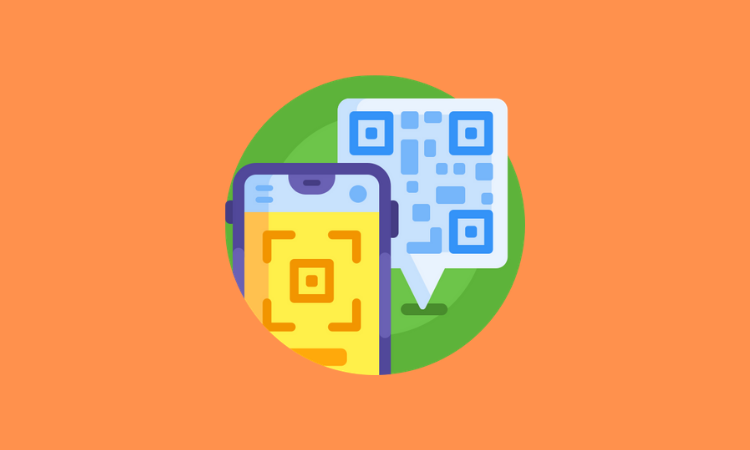Member Exclusive, Payments
Contactless pay is here to stay: What about QR codes?
- The use of QR codes is slowly growing in the US.
- Their increased popularity may stick around even after the pandemic.








